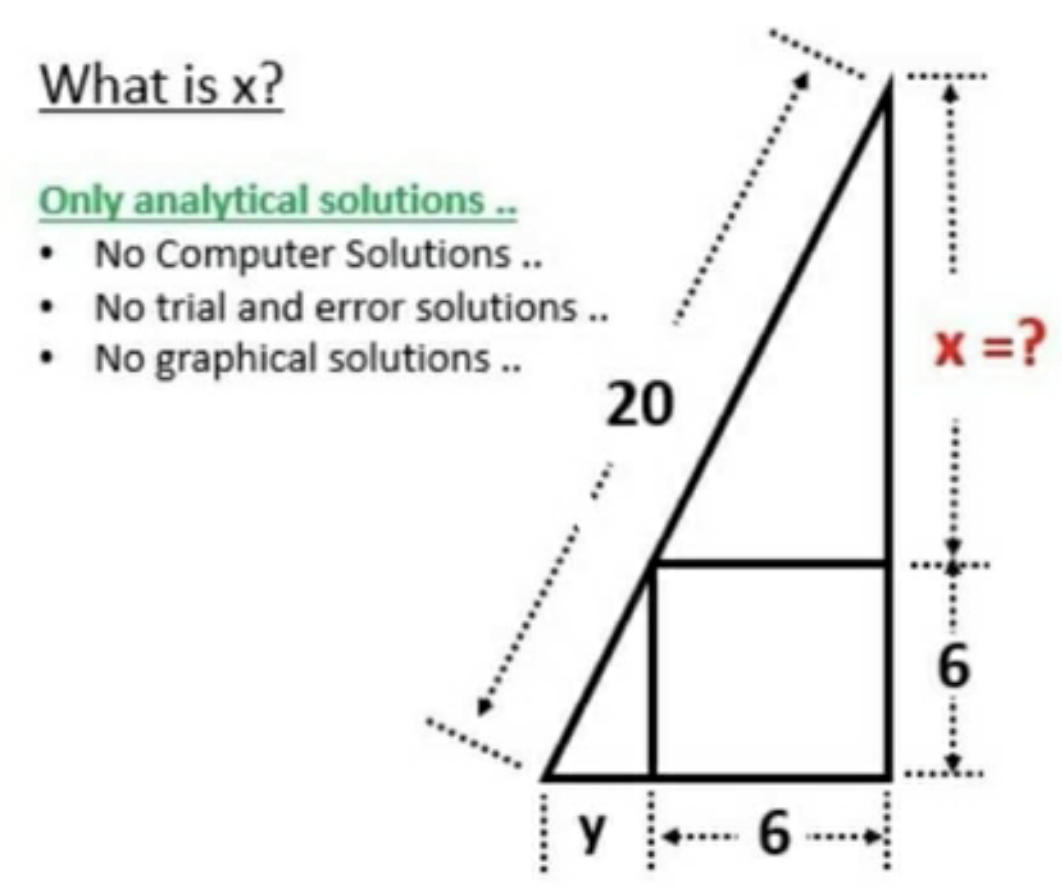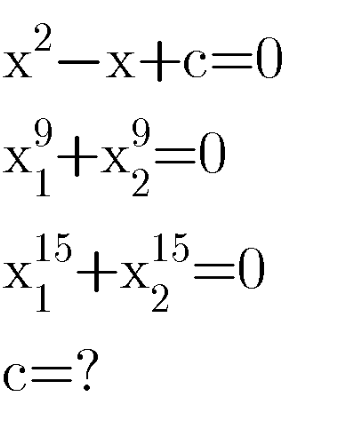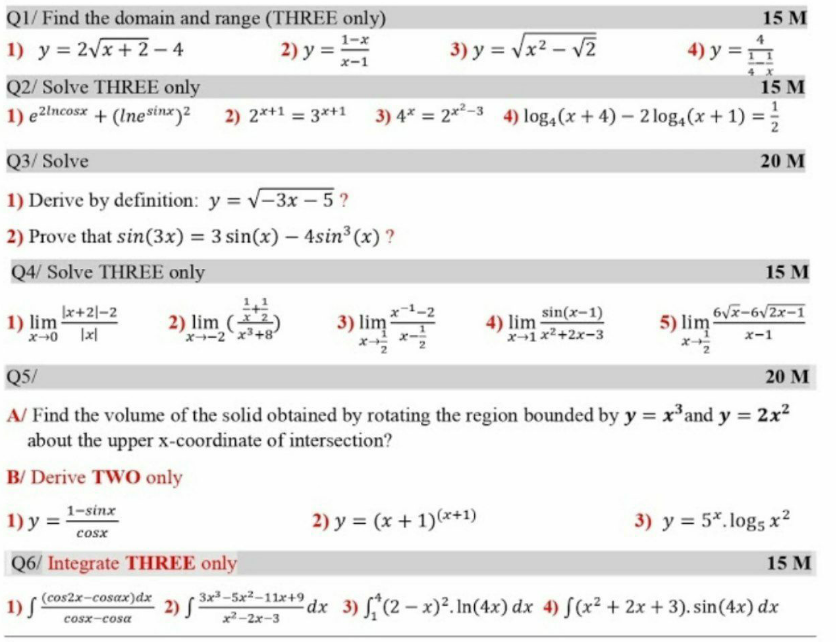
AllQuestion and Answers: Page 1115
Question Number 106665 Answers: 1 Comments: 0
Question Number 106664 Answers: 3 Comments: 0
$$\mathrm{Factorise}:\:\:\:{x}^{\mathrm{6}} \:+\:\mathrm{64}{y}^{\mathrm{6}} \\ $$
Question Number 106663 Answers: 2 Comments: 0

Question Number 106662 Answers: 1 Comments: 0

Question Number 106661 Answers: 0 Comments: 0
Question Number 106659 Answers: 1 Comments: 0
Question Number 106654 Answers: 1 Comments: 0

Question Number 106648 Answers: 0 Comments: 1
Question Number 106653 Answers: 0 Comments: 7
$$\mathrm{30}+\mathrm{144}+\mathrm{420}+\mathrm{960}+\mathrm{1890}+\mathrm{3360}+...{n} \\ $$
Question Number 106644 Answers: 0 Comments: 0
Question Number 106637 Answers: 1 Comments: 0
Question Number 106633 Answers: 3 Comments: 0
Question Number 106630 Answers: 2 Comments: 0
Question Number 106628 Answers: 0 Comments: 0
Question Number 106614 Answers: 3 Comments: 0
Question Number 106655 Answers: 0 Comments: 1

Question Number 106609 Answers: 1 Comments: 1
Question Number 106604 Answers: 7 Comments: 1

Question Number 106596 Answers: 4 Comments: 0

Question Number 106594 Answers: 0 Comments: 4

Question Number 106591 Answers: 1 Comments: 7

Question Number 106588 Answers: 0 Comments: 0
Question Number 106583 Answers: 1 Comments: 0
Question Number 106579 Answers: 1 Comments: 0
Question Number 106572 Answers: 2 Comments: 2

Question Number 106570 Answers: 3 Comments: 0
Pg 1110 Pg 1111 Pg 1112 Pg 1113 Pg 1114 Pg 1115 Pg 1116 Pg 1117 Pg 1118 Pg 1119
